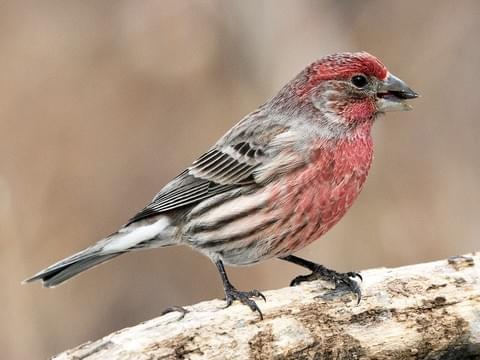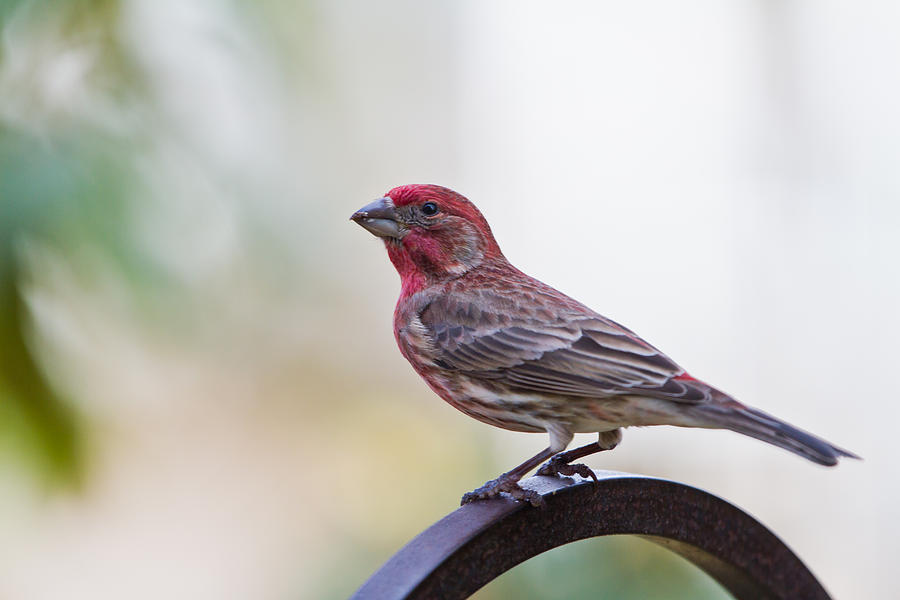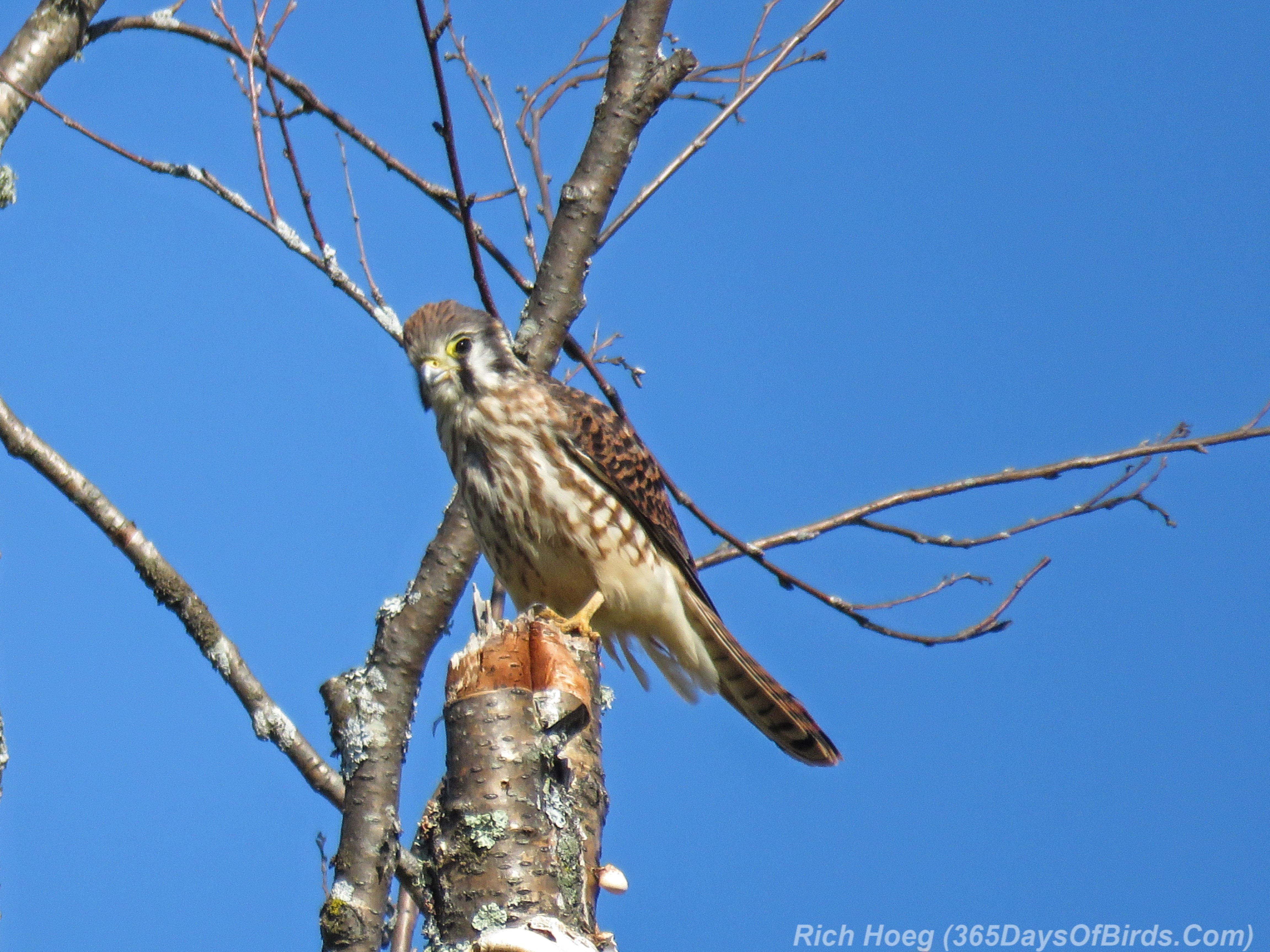

Temperate deciduous forests of aspen groves and narrow bands riparian trees are scattered around the state in areas moist enough for their growth. These mountains have coniferous forests on their higher elevations and on the foothills and lower mountain slopes (and mountains east of the Sonoran Desert) are forests of oak, pine and other mixtures of coniferous forest and temperate deciduous forest trees. Located in southeastern Arizona, southwestern New Mexico, and northwestern Mexico, these sky islands are thought to be home to half the bird species of North America, 29 bat species, over 3,000 species of plants, and 104 species of mammals. Because of their changing altitude, the sky islands have a variety of habitats making them one of the most diverse ecosystems. Their name describes their unique trait of rising out of a relatively barren desert landscape to provide habitat for a myriad of wildlife. Rising up to 8,000 feet out of the desert in southern Arizona are rugged mountain regions called sky islands. These variations mean that animals survive by taking shelter underground or inside vegetation when the temperatures are extreme. The Sonoran Desert can reach 110☏ during the daylight hours then at night drop almost to freezing. Yet perhaps the extreme that most surprises and endangers people if the extreme shift in temperatures in the desert. All a person can do if caught in a haboob is to quickly find shelter, cover their eyes, nose and mouth, and stay low under cover. Even huge cities, like Phoenix, can sometimes face these walls of blowing sand. The Sonoran Desert is an extreme habitat and sometimes experiences dangerous dust storms called haboobs caused by strong downburst winds created during powerful thunderstorms. (It also covers southeastern California, most of the Baja peninsula, the Gulf of California islands, and a good portion of the Sonora state of Mexico.) It is not the driest of deserts and has some distinctive and interesting plant life including saguaro cactus, barrel cactus, mesquite, creosote bush, palo verde, flowering cacti, agave, claret cup cactus, sage brush, brittlebrush, and yucca. It covers most of the southern half of Arizona.

The Sonoran Desert is about 100,000 square miles (260,000 square km).

The southwest corner of Arizona gets just three inches of rain yearly.Īrizona is the only state that has four distinct deserts - the Sonoran, Mohave, Chihuahuan, and Great Basin deserts. Arizona is a dry state averaging just 12.5 inches of rainfall a year - a desert is defined as any region receiving less than 19.6 inches per year. Arizona has a rich variety of habitats including desert, rugged mountains, forest, grassland, tundra, and even intermittent moist riparian areas along the Colorado River floodplain.


 0 kommentar(er)
0 kommentar(er)
